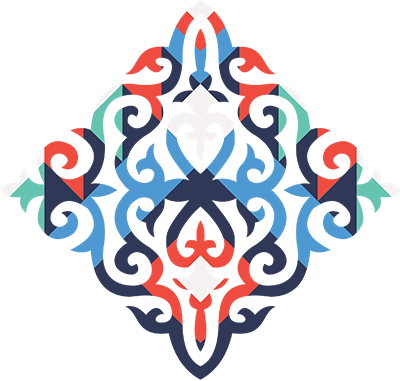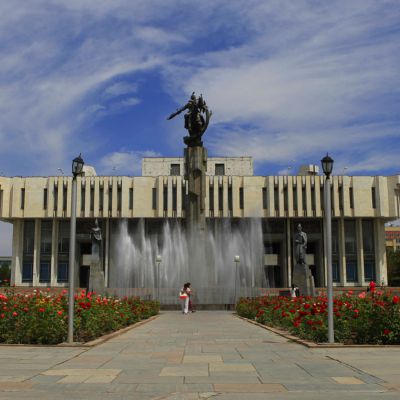China, officially the People’s Republic of China (PRC), is a unitary sovereign state in East Asia and the world’s most populous country, with a population of around 1.404 billion. Covering approximately 9,600,000 square kilometers (3,700,000 sq mi), it is the third- or fourth-largest country by total area, depending on the source consulted. China also has the most neighbor countries in the world. Governed by the Communist Party of China, it exercises jurisdiction over 22 provinces, five autonomous regions, four direct-controlled municipalities (Beijing, Tianjin, Shanghai, and Chongqing), and the special administrative regions of Hong Kong and Macau.
Since the introduction of economic reforms in 1978, China’s economy has been one of the world’s fastest-growing. As of 2016, it is the world’s second-largest economy by nominal GDP and largest by purchasing power parity (PPP). China is also the world’s largest exporter and second-largest importer of goods. China is a recognized nuclear weapons state and has the world’s largest standing army and second-largest defense budget. The PRC is a member of the United Nations, as it replaced the ROC as a permanent member of the UN Security Council in 1971. China is also a member of numerous formal and informal multilateral organizations, including the ASEAN Plus mechanism, WTO, APEC, BRICS, the Shanghai Cooperation Organization (SCO), the BCIM and the G20. China is a great power and a major regional power within Asia, and has been characterized as a potential superpower.
Capital – Beijing
Largest city – Shanghai
Official languages – Standard Chinese
Official script – Simplified Chinese
Recognised regional languages:
Mongol (Mongolian) Uygur (Uyghur) Zang (Tibetan) Zhuang various others
Government – Socialist people’s republic
General Secretary and President – Xi Jinping
Area – 9,596,961 km2 (3rd)
Population (2018) – 1 430 075 000 (1st)
Currency – Renminbi (yuan; ¥)
Kashgar
Kashgar or Kashi is an oasis city with approximately 350,000 residents in the western part of the Xinjiang Uyghur Autonomous Region of the People’s Republic of China. Kashgar is the administrative centre of Kashgar Prefecture which has an area of 162,000 km² and a population of approximately 3.5 million.
The city covers an area of 15 km². The altitude averages 1,289 m/4,282 ft. above sea level. The city is located in the western extremity of China, near the border with Tajikistan and Kyrgyzstan.
Kashgar is home to an important Muslim community (Uyghurs). Compared to Urumqi, Xinjiang’s largest city, Kashgar is less industrial and has fewer Han residents.
The city has a very important Sunday market. Thousands of farmers from the surrounding fertile lands come into the city to sell a wide variety of fruit and vegetables. Kashgar’s livestock market is also very lively. Silk and carpets made in Hotan are sold at bazaars, as well as local crafts, such as copper teapots and wooden jewellery boxes.
Sights
Kashgar’s Old City has been called „the best-preserved example of a traditional Islamic city to be found anywhere in Central Asia“, although the city is becoming more developed. At present, it is estimated to attract more than one million tourist visitors annually.
- The huge Id Kah Mosque, the largest mosque in China, is located in the heart of the city.
- An 18-m (59 ft) high statue of former Chinese leader Mao Zedong in Kashgar is one of the few large-scale statues of Mao remaining in China.
- The tomb of Abakh Khoja in Kashgar is considered the holiest Muslim site in Xinjiang. Built in the 17th century, the tiled mausoleum 5 km (3.1 mi) northeast of the city centre also contains the tombs of five generations of his family. Abakh was a powerful ruler, controlling Khotan, Yarkand, Korla, Kucha and Aksu as well as Kashgar. Among some Uyghur Muslims, he was considered a prophet, second only to Mohammed in importance.
Richtungen
Finden Sie mehr Informationen über die Länder der großen Seidenstraße

 Русский
Русский English
English Español
Español Français
Français






